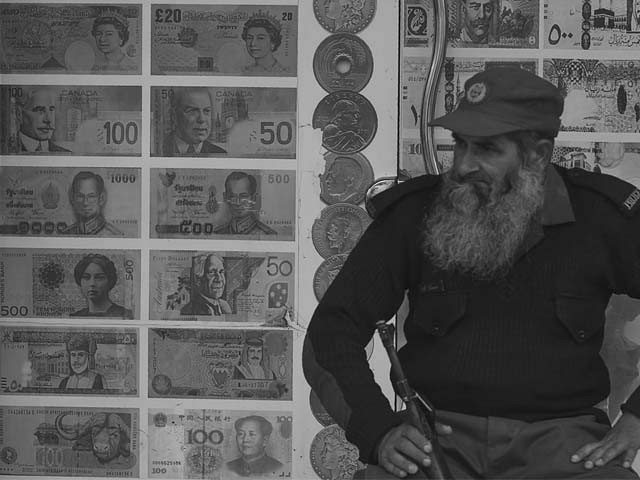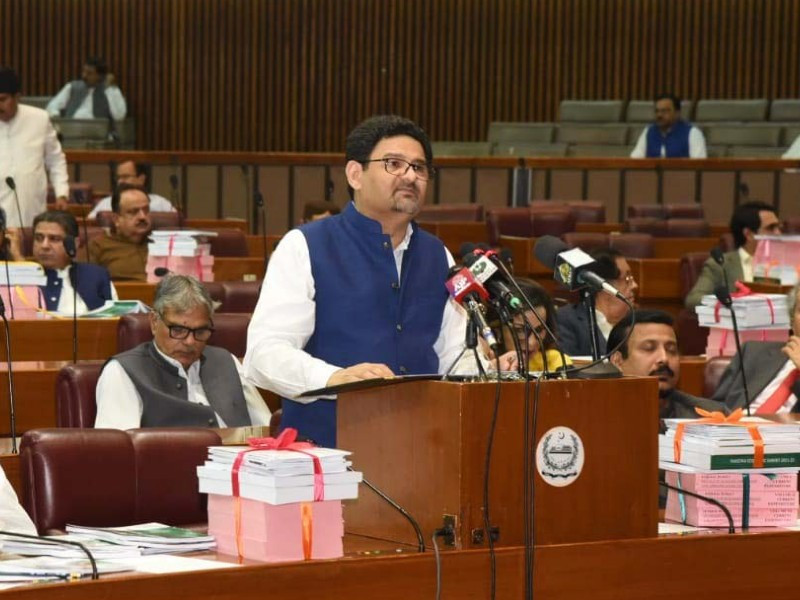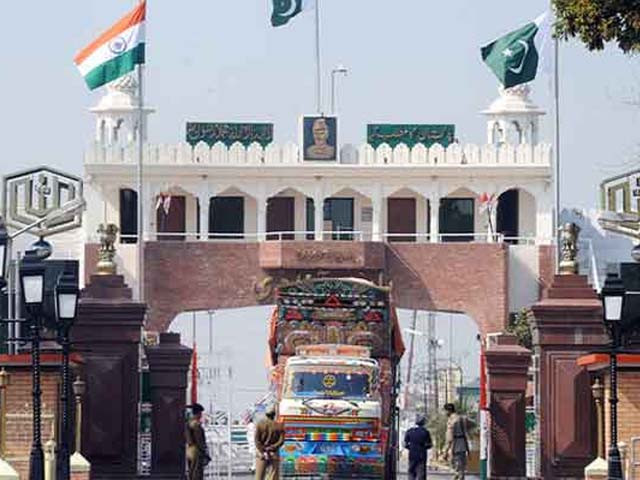
Pakistan’s ambivalent economic outlook
Pakistan’s economy is witnessing a swift changeover courtesy of Shaukat Tarin. The government has shifted gears from stabilisation to growth by adopting expansionary policies. It hoped to induce sustainable growth on the premise of having rectified the underlying economic botches like a managed rupee, an ineffective monetary watchdog (State Bank of Pakistan), etc. However, the initial economic results from the on-going fiscal year are stirring a feeling of déjà vu.
The import bill has swelled to over $12 billion in the months of July and August and culminated in a $7.5 billion trade deficit. Resultantly, the rupee fell against the dollar to over Rs. 168 per US dollar and is likely to surpass its record high of $1 = Rs. 168.43.
History is repeating itself as the uptick in exports has been rather subdued in comparison to imports which are soaring. The fact of the matter is that Pakistan is reliant on imported energies like Crude Oil (Brent) and LNG. And, to Pakistan’s disadvantage, the price of both of these fuels is surging internationally. So, no matter what else is done, Pakistan will face the brunt of a sizable trade gap and recurring boom-bust cycles until and unless it limits its dependence on these imported commodities.
The demand for Crude Oil (Brent) and LNG is to meet petroleum and energy needs. Pakistan has an energy mix skewed heavily towards fossil fuels (coal, oil, and gas), followed by hydropower and other renewable sources. Fossil fuels inflict considerable damage to the environment and Pakistan, highly vulnerable to climate change, cannot afford to sustain the present energy composition.
Hence, it becomes imperative to rearrange the contemporary composition of the energy mix and lean more towards hydro, wind, solar, and other renewable energies. The southern half of Pakistan is suited for solar energy with hot, sunny summers. At the same time, wind power has immense potential since the country has several areas with express wind speed. Besides, Pakistan needs to expedite the implementation of the electric vehicle (EV) policy.
The other way to resolve the plight at hand is by transforming exporting industries. Pakistan has never been able to realise its exporting potential in the wake of poor research and development (R&D) spending which led to little or no innovation. This meant that the production, be it industrial or agricultural, continues to be labour-intensive with an appalling productivity ratio. Similarly, the exports are mostly textile related. So, there is a lack of diversity and we are expecting a bit too much from the textile industry which has to compete against the likes of Bangladesh and Vietnam despite paying for exorbitant energy compared to these counterparts.
The good part is that the remittances have spiralled to $5.36 billion in the 2MFY22 against $4.86 billion in the same period last year. This settles the nerves of citizens who are alarmed at the deteriorating trade balance and, consequently, current account deficit (CAD).
The State Bank of Pakistan (SBP) is faced with a catch 22 where it can either amass foreign exchange reserves or hold the free fall of the PKR by using the forex to manage the exchange. Contrary to its conduct in the past, the SBP does not seem interested in artificially holding the rupee. This has augmented the country’s total liquid foreign reserves to $27.1 billion.
However, Pakistan is likely to face a difficult time trying to circumvent imported inflation. Inflation has a paramount trickle-down impact and is already making the government mull upon non-economic and irrational ways like monitoring prices of basic commodities. This may lead to short-term political gain but will disrupt how markets operate and is likely to trigger a shortage or an excess in the market.
Pakistan Tehreek Insaf (PTI)’s government will post a handsome growth number, but will it take care of CAD and reserves is the question looming over the minds of stakeholders. If it’s unable to prevent another bust, Pakistan will be back to square one and the Shaukat Tarin experiment will prove to be Imran Khan's biggest mistake on the economic front.




COMMENTS
Comments are moderated and generally will be posted if they are on-topic and not abusive.
For more information, please see our Comments FAQ